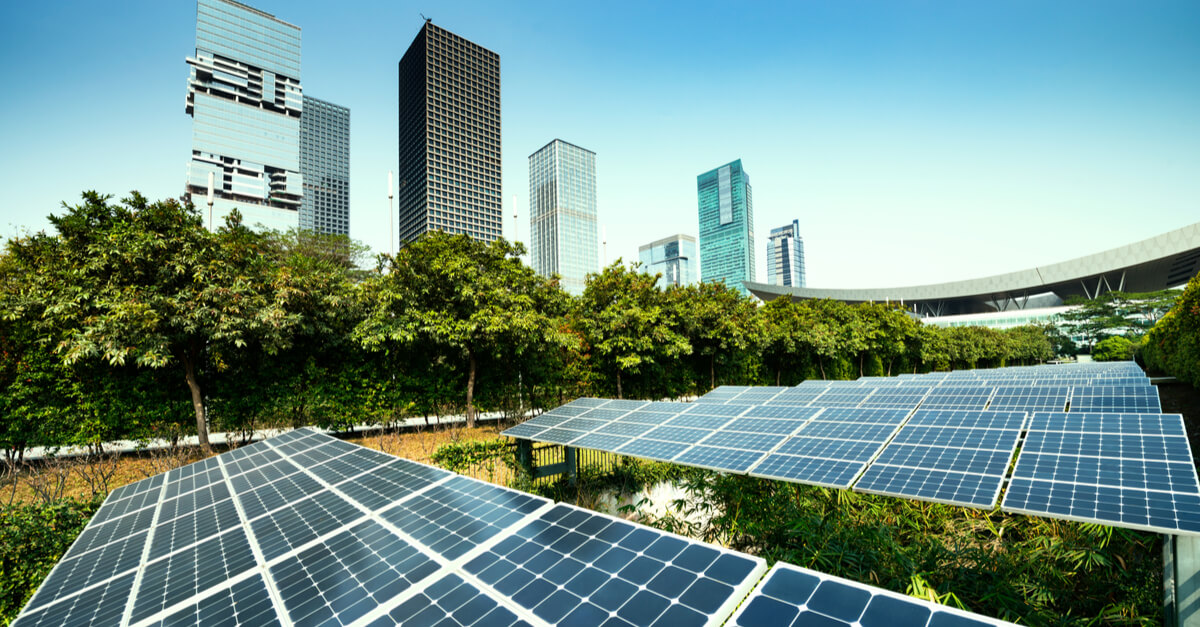There are a number of reasons owners and developers, both public and private, are turning to green and sustainable construction. Energy use reduction and water use reduction are among the top environmental issues being addressed with green and sustainable construction.
Reducing construction waste, lowering greenhouse gas emissions and conserving natural resources are some of the other environmental concerns that can be mitigated by implementing green building solutions.
There is also a financial aspect to going green. Decreased energy and water usage equals lower utility bills. Green buildings benefit from lower annual operating costs and command higher rent and building values than non-green buildings.
A number of incentives and tax breaks can be earned by going green that are offered on the federal, state and local levels. In recent years, state and local governments have adopted laws regarding construction to lessen their environmental impact. Cities like Denver and South Miami are requiring certain types of buildings to incorporate green roofs and solar panels on new construction. Others, like New York City and Washington, D.C. require owners to track and report annual energy use for certain types of buildings.
Health and wellness benefits from green and sustainable construction are another benefit being sought by owners. Green and sustainable buildings typically have better indoor air quality, better natural lighting and are constructed with building materials and products that contain less pollutants and volatile organic compounds. Employees who work in green buildings have higher levels of productivity and lower absenteeism due to illness.
Here's a look at some of the methods owners and contractors are adopting to go green and sustainable:
Recycling Building Materials
Construction and demolition activities account for a huge amount of landfill waste – 534 million tons in 2014 according to the Environmental Protection Agency (EPA). That’s more than twice the amount generated from municipal solid waste.
There’s a growing effort for contractors and owners to divert as much waste as possible from ending up in landfills. Deconstruction, as opposed to demolition, is where reusable and recyclable building materials and components are identified and given a second life.
Steel, copper and other metals can be recycled. Concrete can be used as aggregate for new concrete or as base material for road construction. Wood can be reclaimed and other components like light fixtures, doors and even HVAC units can be salvaged and used in other buildings.
The other part of the equation is designing and building in a way that uses recycled materials or incorporates materials that can be salvaged or recycled once the building has reached the end of its life cycle.
Zero Net Energy Buildings
Zero net energy (ZNE) buildings are becoming a popular trend for green construction these days. ZNE buildings that generate as much renewable energy as the building consumes on an annual basis. Typically, the energy is generated onsite through solar panels, wind turbines or from geothermal energy production. In some instances, the buildings are net-positive, meaning they generate more energy than they consume.
Just about any type of building can be designed and built to be a ZNE building. From schools and office buildings to retail stores and stadiums. In California, the state has set goals to have all new residential construction be ZNE by 2020. They also plan to have all new commercial buildings be ZNE by 2030.
ZNE buildings are designed and built to minimize the amount of energy usage in a number of ways. These include things like LED lighting, motion sensors and building energy management systems to conserve energy. Passive heating and cooling systems combined with natural ventilation help reduce energy use from heating and cooling systems.
Resilient Design & Construction
One aspect of sustainable construction that has been getting a lot of attention over the past few years is resilient design and construction. Changes were made to building codes in Florida after the devastation caused by Hurricane Andrew in 1992. A renewed interest in resilient design and construction arose in the aftermath of Hurricane Sandy a few years back.
Resilient construction simply means building to withstand the elements, especially in areas prone to extreme weather events. These are usually locally specific like hurricanes on the East and Gulf Coasts and earthquakes on the West Coast.
With resilient design and construction, the building needs to be able to withstand the everyday uses and typical elements, but also be able to hold up against extreme weather such as floods, earthquakes, wind, storm surges, fires, etc. This can be achieved by considering the mostly likely disaster situations for a given area and designing and constructing the building to be strong enough to survive when a natural disaster strikes.
Greener Materials
A big part of what makes a building green or sustainable is the building materials used to construct it. As we mentioned earlier, recycling and repurposing building materials for future use is gaining in popularity. There’s also a strong emphasis being placed on the environmental impact of building materials being used in green construction.
Taking a “cradle to the grave” approach to understanding the environmental impact of sourcing the raw materials and the production of building materials is helping to reduce the carbon footprint created from manufacturing building materials. Sourcing locally, sustainable construction materials is one way the industry can reduce its environmental impact.
Environmental product declarations (EPDs) are being used to better understand the environmental impact of building materials throughout their lifecycle. EPDs show the environmental impact from sourcing raw materials, energy use and efficiency, chemical substance, contents of materials and soil, air and water emissions and are verified by a third party.
